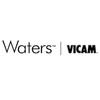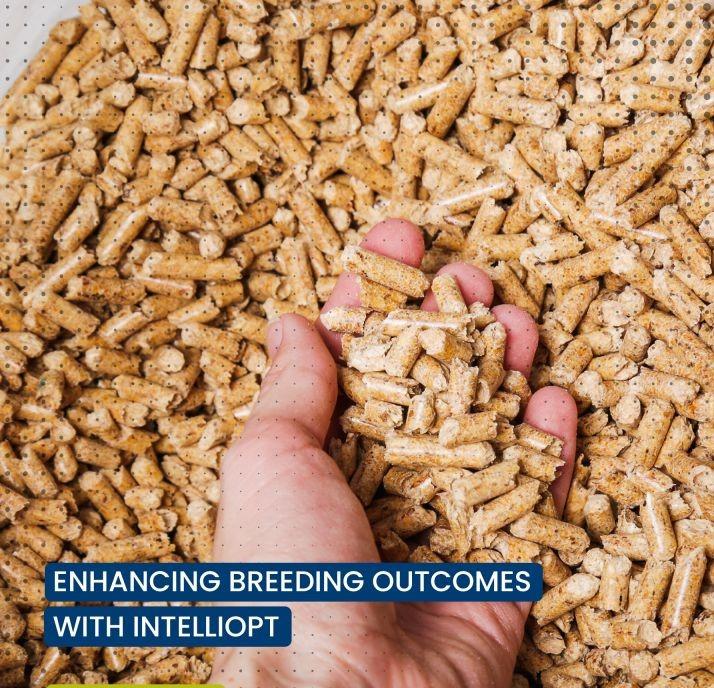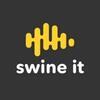Explore all the information on
Vitamins in poultry nutrition
Vitamins are a group of organic compounds that poultry require in small quantities. Despite the low requirement levels, vitamins are essential for normal body functions, growth, and reproduction. A deficiency of one or more vitamins can lead to a number of diseases or syndromes. Vitamins are divided into two categories: fat-soluble and water-soluble. The fat-soluble vitamins are A, D, E, and K. Vitamin A is required for normal growth and development of epithelial tissue (skin and the linings of the digestive, reproductive, and respiratory tracts) and reproduction. Vitamin D3 is required for normal growth, bone development, and eggshell formation. Vitamin K is essential for blood clot formation. The water-soluble vitamins include vitamin C and the B vitamins. The B vitamins include vitamin B12, biotin, folacin, niacin, pantothenic acid, pyridoxine, riboflavin, and thiamin. The B vitamins are involved in many metabolic functions, including energy metabolism. Poultry can make vitamin C, so there is no dietary requirement established for this vitamin. Vitamin C supplementation is useful when birds are in stress.
APIs MARKET The price index of veterinary APIs published by the China Veterinary Drug and Feed Trade Center was 62.54-62.57-62.59-62.71 respectively for the four weeks of this month (June 5th-27th). The veterinary APIs market ushered in differentiation in June, with most mainstream categories running steadily while the prices of some individual categories rebounded and a few categories continued to rebound strongly under the influence of supply compression. In early July,...
Comments : 0
Recommendations: 0
INTRODUCTION Recent studies have shown vitamin levels above minimum requirements may optimize genetic potential and improve immune status. Optimum Vitamin Nutrition (OVN TM ) is a new concept in animal nutrition that aims to better production and meat quality. The objective of this study was to evaluate the effects of different vitamin levels (NRC and OVN TM ) in broiler diets on productive parameters...
Comments : 10
Recommendations: 0
NHU: Net profit in 2023 was 2.704 billion yuan, down 25.30% YoY. On April 22, Zhejiang NHU Co., Ltd. released the 2023 annual report,...
Comments : 0
Recommendations: 1
Introduction The main issues that burden the broiler industry today might be caused by genetic selection strategies, such as a rapid growth rate, a decreasing slaughter age and facilitating feed efficiency [1]. Indeed, achieving extreme growth potential is a serious biotic stress factor that is accompanied by health problems leading to systemic diseases [2,3]. The path mechanisms of most common infectious diseases, including pneumonia, sepsis and enteritis, are directly linked...
Comments : 1
Recommendations: 0
.jpg&w=3840&q=75)
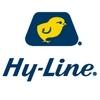
Srinivasa Farms and Hy-Line: Pioneering Growth in India’s Poultry Market
Suggested link
The overall price of the veterinary APIs market remained stable and weak, with mixed rising and falling prices and the prices of a few products hitting new lows. The market adjustment is still ongoing. In early April, the prices of florfenicol and tylosin tartrate continued to decline, the market price of doxycycline hydrochloride showed a trend of rising first and then falling, and the average prices of albendazole and levamisole hydrochloride continued to rise MoM. In late April, except...
Comments : 0
Recommendations: 1
Stress is a term which is very commonly used in today’s poultry and livestock rearing. Although the classical school of thought has always considered within the prism of “Heat Stress” which is true and holds its essence in today’s poultry and livestock rearing. However, with the advancement in the rearing of poultry and livestock, there has been lot of measures which have been taken to improve the productive parameters of birds. This has been possible primarily...
Comments : 0
Recommendations: 0
I. INTRODUCTION As we learn more about the negative impacts of calcium (Ca) on the availability of phosphorus (P) in broiler diets, it highlights how little we know about Ca requirements, digestibility of Ca in ingredients and optimal Ca to P ratios. The interactions through which Ca exerts some of its negative effects can be direct or through chelation’s with phytate and the latter having a profound impact on the efficacy of phytase and on P digestibility....
Comments : 1
Recommendations: 3
Constance Cullman (AFIA President & CEO) talks about sustainability in the industry, the need for better regulations, and how to reduce dependency on vitamin imports, in this Engormix interview during IPPE 2024 in Atlanta, USA....
Comments : 0
Recommendations: 0
Looking back to the year 2023, the overall API market collapsed. The scarring effect left by the pandemic is hard to fade away completely; the global economy is facing downward pressure, the domestic livestock industry is in a downturn, and the prices of veterinary APIs continue to bottom out, hitting record lows. As the China Veterinary Medicine and Feed Trading Centre (CVMFTC) monitored, the VPi index for four weeks in January was 63.95, 63.41, 63.30 and 63.23. respectively....
Comments : 0
Recommendations: 0
CHOLINE Choline, a B-complex vitamin also known as vitamin B4, has been revived as a requisite “feed additive” in poultry. Choline is a lipotropic factor that helps in the mobilization of fat and prevents fatty degeneration. Apart from this, also play many important roles in the body of the birds. The metabolic needs for Choline are supplemented in 2 ways: 1. Dietary Choline 2. Choline synthesis in animals Although choline can be...
Comments : 0
Recommendations: 0
INTRODUCTION It is essential to maximize poultry production to meet the increasing demand for animal protein due to the increase in global human population (Tona, 2018). One of the major determinants of successful poultry production is the ability to combat environmental stress challenges in broiler chickens. Stress occurs as a result of a biological response to an internal or external stimulus that poses threats to the normal physiological equilibrium of an organism (Elitok,...
Comments : 0
Recommendations: 1
1 Introduction Vitamin A is an essential micronutrient that cannot be synthesized by non-ruminants and must be obtained through the diet. Although certain plant pigments called carotenoids may yield retinoids metabolically, only a small percentage of them can be converted into vitamin A precursors in mammals and birds (Surai et al., 2003; Combs and McClung, 2017). Due to practical considerations, the naturally occurring vitamin A and carotenoid levels in feed ingredients are not...
Comments : 1
Recommendations: 0
APIs MARKET
The price index of veterinary APIs monitored by China Veterinary Drugs and Feed Trading Centre for four weeks this month was 64.80-65.07-64.90-64.66, indicating that the market is generally stable. Products such as Doxycycline hydrochloride, neomycin sulfate, tilmicosin, enrofloxacin, and florfenicol, etc, have received more attention, while other categories and products have performed stably and are still at the bottom of the market.
A cliff-like...
Comments : 0
Recommendations: 0
Breeding is crucial in livestock management, ensuring continuous production and maintaining genetic excellence. Better breeding results mean healthier offspring, higher birth rates, and enhanced herd or flock health. Nutrition is pivotal for breeding success in most livestock. Balanced diets, rich in essential vitamins, minerals, and nutrients, help animals achieve their full reproductive potential. We present IntelliOpt, the solution for effective nutrient utilization...
Comments : 0
Recommendations: 0
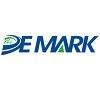

Current market review and perspective of Florfenicol, Tilmicocin, vitamins and aminoacids
Suggested link
INTRODUCTION In the modern poultry production system, the first reported chick embryos injection of thiourea was done by Grossowicz in 1946 to observe the effect in hatchling and post-hatch life (1), followed by thyroxin by Balaban and Hill (2). Later, in ovo technique (IOT) was first opted for vaccination against Marek’s disease by Sharma and Burmester (3). Subsequently, the success of in ovo vaccination (IOV) has set forth a paradigm shift in the poultry industry by adapting...
Comments : 1
Recommendations: 0
APIs MARKET
For the veterinary API industry, the long-awaited golden weeks, "golden nine and silver ten," have been under the way, but the market opened with a less than optimistic answer sheet. The veterinary API market remains weak this month, and the trading is generally light. Whether the upstream manufacturers or the middle and lower reaches of the traders and terminals, they obviously showed insufficient confidence in the veterinary API market trends. The...
Comments : 0
Recommendations: 1
APIs MARKET
In August, the veterinary API market remains weak, and the prices of most mainstream varieties continue to go down. Florfenicol, doxycycline, and amoxicillin have stagnant finishing. At the same time, erythromycin thiocyanate, as an intermediate raw material of azithromycin, clarithromycin, roxithromycin, and erythromycin stearate, has reached a historical high, and Tilmicosin price is going up against the trend. Is this the primary sign of rebound expected by the...
Comments : 0
Recommendations: 0
APIs MARKET
The vet APIs market underwent a profound adjustment in the Q1-Q2 of 2023, but most industry insiders are hoping for a market rebound in the second half of 2023; the main reason is they are optimistic about the recovery of consumer demand in the year. The month of July has ended, and the rebound shows no sign of arriving anytime soon; the lukewarm downstream market still hasn't improved, and the price of most of the products is running low and steady. Doxycycline failed...
Comments : 0
Recommendations: 0
CHOLINE AS A NUTRIENT: BASIC FUNCTIONS Choline is an essential nutrient in most livestock species. It plays a crucial role in neurotransmitter synthesis (acetylcholine), cell membrane signaling (phospholipids), myelin synthesis and lipid transport (lipoproteins). Choline is a precursor of phosphatidylcholine, a phospholipid that besides being part of the composition of cell membranes, is involved in the generation and composition of bile secretions; therefore,...
Comments : 0
Recommendations: 2
Conclusion To optimise oxidative status in broilers under challenging environmental circumstances, high levels of antioxidants are required to counteract the negative effects of reactive oxygen species. The addition of either 15 mg/kg vitamin E or 15 mg/kg Selko AOmix to broiler diets containing 10 mg/kg vitamin E diminished an increase in plasma malondialdehyde (MDA) levels (a marker for oxidative status) that may occur in animals in conditions where heat challenge is expected....
Comments : 0
Recommendations: 2

.jpg&w=3840&q=75)



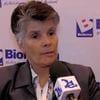



.jpg&w=3840&q=75)


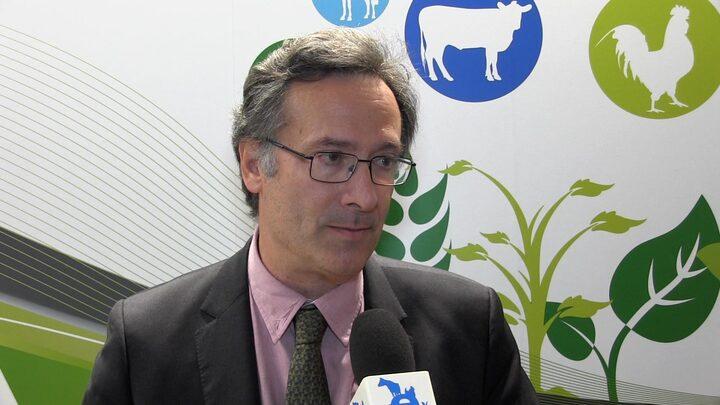


.jpg&w=3840&q=75)
